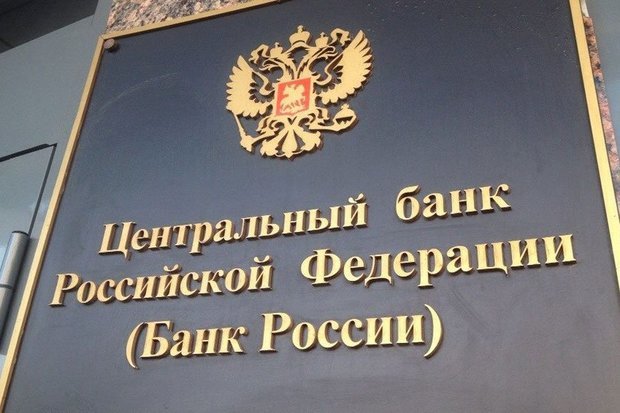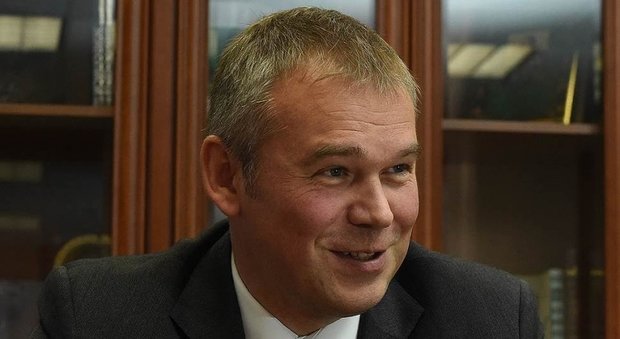No money: banks lost quarter of profit, while Nabiullina prepares to sue hapless owners
Review of key indicators of the banking sector for 5 months in 2018 and major events in June
Realnoe Vremya publishes a review of indicators of the banking sector in January-May as well as major events in June. Over the three months this year, banks' financial result has reduced almost by 24%, moreover, Sberbank and VTB accounted for the lion's share of total profit. The number of market players is reducing, while the Central Bank is ready to sue owners of burst banks.
Numbers
The number of operating banks in Russia is reducing month after month. Four players were eliminated in May. So there were 530 financial institutions that have the right to do transactions as from 1 June.
The four banks that left as a result of the revocation of licences. It is Bum-Bank from Kabardino-Balkaria, Ussuri bank from Khabarovsk, O.K. Bank from Yaroslavl and Accent registered in Orsk. They were among the second-fourth hundred in the banking system. And, as the Central Bank said, they were eliminated from the market because of numerous violations, a big number of bad assets and use of suspicious schemes.
In May, the banking sector lost 0,4% of total assets, they reduced by 354bn rubles – from 86,42 to 86,07 trillion rubles. The Central Bank partly links this with a surplus in liquidity (inter-bank lending reduced), partly – with the reduction of residues on correspondent accounts of companies. Banks' assets reduced by 0,5% in January-March.
The total volume of loans granted to organisations (except financial) and the population rose by 0,1% last month. At the same time, the corporate portfolio shrank by 0,7% (to 31,3% trillion), while in retail, on the contrary, there was a 2% growth (the volume reached 13,1 trillion rubles).
In May, delay went on growing in the corporate portfolio: its volume increased by 8,6% since the beginning of the year. Delay's relative share totalled 6,8% as from 1 June (against 6,4% one month earlier). The share of delay in retail reduces at the same time: it fell by 0,7% for a month and amounted to 6,3%.
The dynamics of liabilities in segments was also different. The volume of deposits and money on companies' accounts increased by 0,4% month after month and is equal to 25,4 trillion rubles. At the same time, the population's deposits decreased by 0,3% — to 26,7 trillion rubles (80% of this sum are deposits in rubles).

Profit
The financial result was notably worse than last year. In January-May, banks got 527bn rubles of profit, which is almost 24% less than for the five months in 2017 when profit was 653 billion. ''The beginning of the rehabilitation with the BSCF (Editor's Note: Banking Sector Consolidation Fund) in certain banks led to significant deformation of reserves,'' the Central Bank explains profit's bad dynamics.
In addition, only Sberbank provided the majority of profit of the whole sector – it accounted for more than 62% of the total financial result or 328,76bn rubles. And together with VTB (61,1bn rubles), they had over 74% of the market's profit.
It's interesting rehabilitated Binbank, which left bigger players – Gazprombank and Alfa-Bank behind, showed the third financial result in the sector (60,25bn rubles).
Meanwhile, many banks improved their result immediately. For instance, Alfa-Bank's growth was 480,5%, Pochta Bank – 360,5%, VTB – 178,4%, Ak Bars Bank – 276,3%. Binbank's profit exceeded last year's indicator 58 times.
There are still more profitable financial institutions that gain profit than loss-making ones. However, the share of banks with a negative result reaches 32%. In January-May, 169 banks are at a loss, its total sum is 315bn rubles.
Avtovazbank, which was given to the BSCF in April, has the biggest loss – it was 189,5 billion rubles. Rost Bank – Binbank's former subsidiary – is second on the list of loss-making banks. Rost got a negative result equal to 40,6bn rubles. Sovetsky bank, which was rehabilitated by Tatfondbank, was third in terms of losses. Its loss amounts to almost 19bn rubles.
What they talked about
The Central Bank decided to take a pause in softening the monetary policy: on 15 June, as well as in April, it refused to reduce the key rate by leaving it at 7,25%. Particularly plans of the government to raise VAT from 18 to 20% from 2019 make it be careful – few people doubt it will accelerate inflation. Now the regulator is waiting for it to be 3,5-4% by late 2018, and there will be a short rise to 4-4,5% next year.
In June, Deputy Chairman of the Central Bank Vasily Pozdyshev told journalists the regulator was going to sue the owners of the collapsed banks for whose salvation the country's money was spent. According to him, the claims will be made in late 2018 or early 2019. Before, it is necessary to determine the size of losses the Bank of Russia had as a result of the rehabilitation of problematic market players. ''Now they can only ask the former owners the losses the Central Bank had to rehabilitate their former banks through court,'' Pozdyshev explained.
We should note that the ex-bankers also have complaints about the Central Bank. Now they can't declare them officially. On 29 June, the Court of Arbitration of Moscow denied a sue of Board Chairman and co-owner of Promsvyazbank Dmitry Ananiev against the regulator. In court, the businessman tried to get the decrees of the Central Bank on the necessity to finish the creation of reserves by 104 million rubles admitted not valid. Soon after this instruction, a temporary administration was appointed in Promsvyazbank.

By the way, the costs on rehabilitation of three banking groups (it seems the groups of Otkritie FC, Binbank and Promsvyazbank are meant) reached 2,62 trillion rubles – Central Bank Chairwoman Elvira Nabiullina told Reuters about this in an interview. The regulator invested 758,3bn rubles in the capital of the rehabilitated banks, it provided another 1,86 trillion as deposits. ''Not a small sum was spent to rehabilitate the three banking groups. It's mainly final,'' said Nabiullina.
The whole business of Sovetsky bank from Saint Petersburg, which is chronically has a bad luck with rehabilitators, can be given to another financial institution. According to Vedomosti, the regulator is discussing an option of giving an external bank the money of depositors and the credit portfolio of Sovetsky for a comparable sum.
We should remind that Russian Capital bank deals with the salvation of Sovetsky. It was presupposed to create a single big rehabilitator on its basis. Tatfondbank was involved as a rehabilitator at the second stage. When it also collapse, the Central Bank gave Sovetsky to the BSCF.